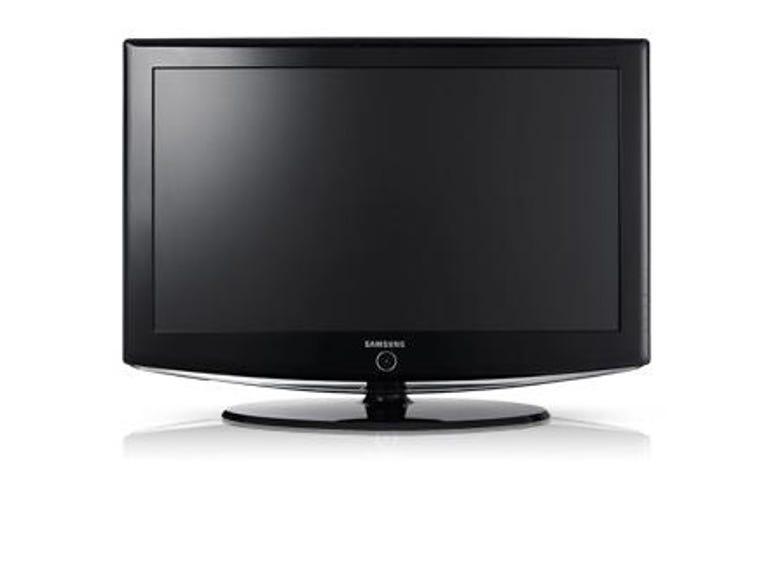 Why You Can Trust CNET
Why You Can Trust CNET Samsung LA32R8A1BDX review: Samsung LA32R81BDX
The Samsung LA32R81BDX delivers excellent image quality across high definition and standard definition content and will suit most users' needs.
If you are in the market for a 32inch LCD television with style and excellent image quality, the Samsung LA32R81BDX certainly fits the bill. It isn't perfect but the few problems it has are fairly negligible or are able to be fixed with a little tweaking of the on-screen calibration tools.
The Good
The Bad
The Bottom Line
We ran tests in high definition and standard definition and tested PC connectivity as well. In each test, the unit performed extremely well. Like previous Samsung models, the colours on the unit were a little red-biased but this time around colour adjustment options have been offered to reduce this problem.
Design
Features
To combat motion judder, this television offers an interpolation technology called MoviePlus. By analysing incoming content, it creates new frames in an attempt to smooth out motion. However, it tends to cause problems instead including pixelation and digital artefacts, especially when viewing up-scaled DVD content.
Performance
We first tested the high definition capabilities of this unit using the Sony PlayStation 3. To test 1080i and 720p resolutions weviewed the Blu-Ray film Casino Royale and for gaming tests we used Devil May Cry 4. Our first series of tests were performed with MoviePlus turned on, but upon discovering the issues it created we began the testing process again with it turned off.
The film tests looked exceptional, with no pixelation, over-sharpening or contrast aberrations. During the heavier action scenes there was noticeable motion judder but it was on-par with most LCD televisions we have reviewed. The gaming tests looked excellent with no undue pixelation, and only minor motion judder. There was no noted difference between running games at 1080i or 720p, which is a testament to the screen's excellent interpolation.
Using The Matrix on DVD we then tested standard definition playback. The same motion judder was present but it wasn't terribly detrimental to the viewing experience. There was no contrast stepping on skin tones and no over-sharpening on edges. While there was a fair amount of image noise, it was no more than what we have come to expect from viewing DVDs on HD panels.
We also tested PC connectivity at the highest supported resolution of 1280x768. Our "DisplayMate Video Edition" tests were delivered well with no discolouration or pixelation failures. There was some banding during the vertical resolution tests but this is most likely the product of scaling the PC signal to fit the higher native resolution of the panel.
Conclusion
